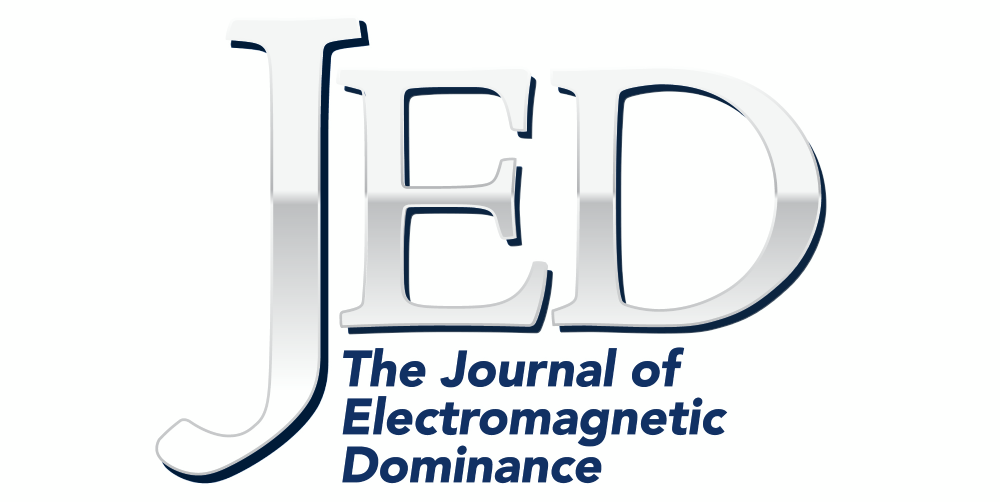
The US Army is undergoing a significant transformation in its approach to electromagnetic warfare, moving from a decades-long capability gap to a comprehensive force-wide strategy that aims to “own the EMS like we used to own the night,” according to an Army EW capabilities leader.
In a recent episode of the “From the Crows’ Nest” podcast, host and AOC’s Director of Advocacy and Outreach Ken Miller talked with Col. John Hosey, Chief of Cyber and Commandant of the U.S. Army Cyber and Electromagnetic Warfare School, and Col. Leslie Gorman, Army Capability Manager for EW. They outlined the service’s ambitious plans to integrate EW capabilities across all levels of operations.
Rebuilding After Decades of Neglect
The Army’s electromagnetic warfare capabilities were less of a focus for nearly two decades following the end of the Cold War. “We kind of didn’t do much with EW for a long time since about the 90s,” Hosey explained.
The service began rebuilding these capabilities around 2007-2008 with a functional area designation, but the real transformation began in 2017-2018 when electromagnetic warfare was integrated into the cyber branch.
“The first AIT graduation happened in 2020 during the COVID timeframe,” Hosey noted, highlighting how recent this capability rebuild has been. The Army has since developed what Hosey calls “courseware as a service,” allowing the service to rapidly incorporate operational lessons learned into training curricula.
Democratizing EW to the Tactical Edge
One of the most significant changes in Army EW strategy is pushing these capabilities to the entire force — not just cyber and EW professionals. This represents a fundamental shift from keeping EW capabilities at higher command levels or with specialists.
“Currently the plan prior to the experimentation was EW platoons for every brigade formation out there, EW companies for every division,” Hosey said, though he noted that ongoing force structure experiments may adjust this strategy.
Technology-Driven Capability Development
Gorman emphasized the Army’s shift toward platform-agnostic, payload-centric capabilities. “EW is a cross-cutting enabler for all warfighting functions,” she explained. “We don’t have to have a combat vehicle or major platform or dedicated sensor to ride on.”
The service is fielding several new systems, including the Terrestrial Layer System Brigade Combat Team (TLS BCT) Manpack, which Gorman described as “a success story for this year.” The Army has issued this capability to seven brigades and expects to field nearly 70 systems by the end of fiscal year 2025.
Another key system is the Navigation Electromagnetic System Overhead (NESO), an aerial payload designed to provide persistent surveillance capabilities. “NESO would be an aerial platform which could certainly ride on any type of high-altitude platform, whether it be from a high-altitude balloon or even a solar fixed wing,” Gorman said.
Machine-Speed Operations
The Army recognizes that future EW will require capabilities that operate at machine speed rather than relying on manual interventions. “We can no longer have someone quickly move it to a platform on the battlefield and change out a connector or change out a card to be able to deliver effect. Everything has to be done at machine speed,” Gorman emphasized.
This requirement is driving the Army’s focus on artificial intelligence and machine learning capabilities. “Everything we’re doing now we are setting the conditions within the EMS to usher in advanced machine learning and analytics and algorithmic-based analytics,” she explained.
Addressing Complex Future Threats
Both leaders acknowledged that future conflicts will present challenges across diverse operating environments. “We will be facing a busy, contentious and raised noise floor,” Gorman predicted. “We can expect to see disparate and disaggregated adversarial signals of interest.”
The Army is addressing these challenges through what Hosey calls “the EW gunnery strategy,” which will integrate EW training and certification into existing combat training exercises. “When a maneuver brigade goes out there and actually executes their table certification, the EW platform and people and resources that are supporting that brigade-level organization … they’ll have a nested architecture on certification for each one of those events. And that’s going to happen across the force,” he explained.
Looking Forward
The Army’s electromagnetic warfare transformation represents one of the most significant capability developments in recent years. With new equipment entering the force, expanded training programs, and a comprehensive strategy for EMS superiority, the service is positioning itself to operate effectively in increasingly complex electromagnetic environments.
As both leaders emphasized, this transformation requires close collaboration between the training and capability development communities, as well as continued partnership with industry and academia to maintain technological advantages in this rapidly evolving domain.



